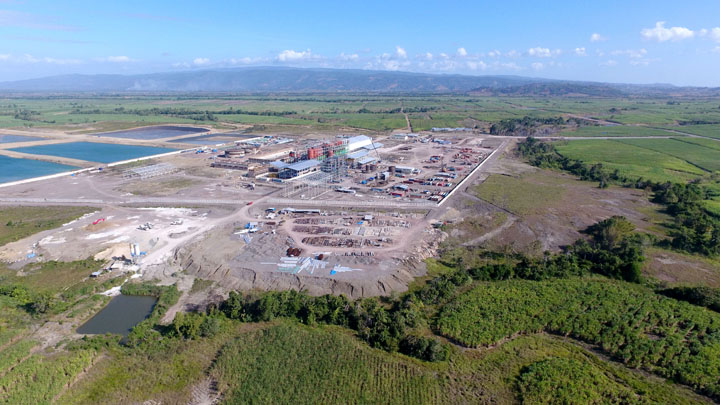A Bittersweet Family Connection
Tuesday, September 10, 2019
arsip tempo : 171401592878.

MOVING awkwardly, a man wearing a brown shirt approached Tempo. “If possible, delete the photos from the camera,” he said. “Reporters aren’t actually allowed in here.”
He introduced himself as Brig. Tuji. He is assigned to the Southeast Sulawesi Police Department in Kendari, 150 kilometers away from where he was when he asked Tempo to delete photographs of the activity of gold miners at a Sultra Utama Nikel sit
...
Subscribe to continue reading.
We craft news with stories.
 For the benefits of subscribing to Digital Tempo, See More
For the benefits of subscribing to Digital Tempo, See More








